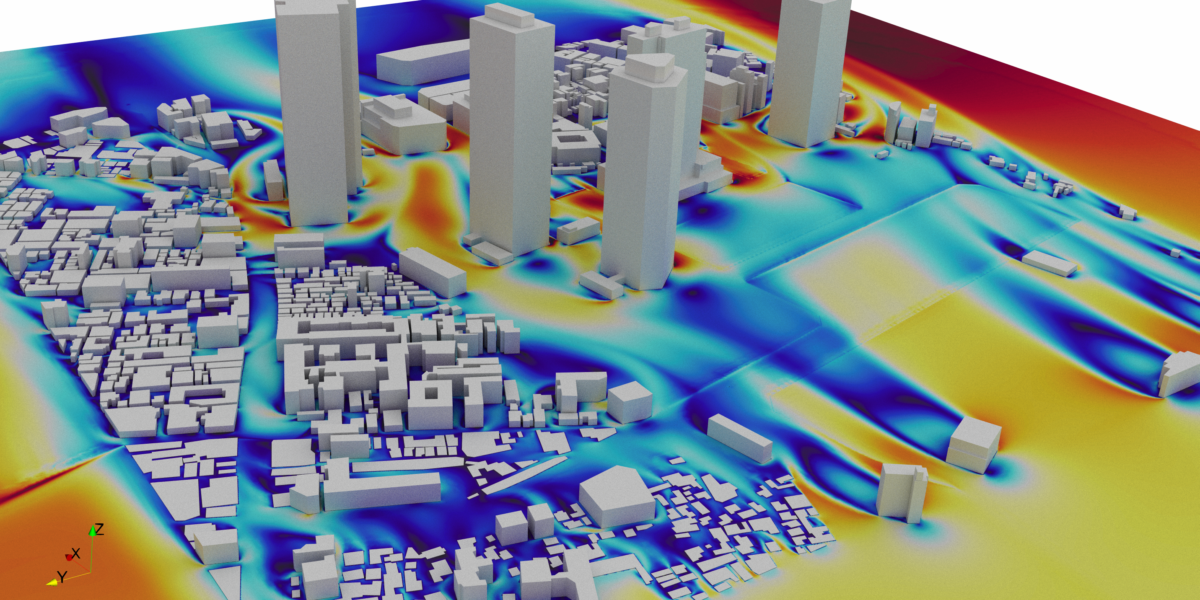Greater insight, earlier in the architectural development process
Wind Engineering is a wide-ranging, multi-disciplinary subject focusing on the effects of wind on both the natural and built environment. It combines fluid mechanics with wind and thermal comfort to ensure safe living conditions for the surrounding community.
Assessment of pedestrian wind comfort around buildings requires the combination of wind statistics, typically from a local meteorological station, aerodynamic data and a relevant comfort criterion. With the ever-increasing complexity of modern urban areas, pedestrian wind comfort CFD simulations have become a critical factor in urban design, helping to guarantee the overall safety, and comfort in pedestrian zones under a range of wind speeds and directions.
Navier’s experts can leverage CFD analysis to provide clients with actionable information earlier in the architectural development process to help inform design and planning decisions.
Our clients are finding Navier’s CFD consulting services a valuable alternative to wind tunnel tests as it allows them to quickly visualise key flow variables in greater detail and throughout the entire flow domain. It is also typically cheaper and faster than wind tunnel testing.
When necessary Navier can also help investigate wind mitigation strategies by quickly modifying the model geometry for numerous simulations to ensure a safe and comfortable environment for pedestrians is achieved.
Key Outputs:
- Mean wind speed
- Flow characteristics
- Pedestrian comfort criterion
- Mean pressure coefficients on buildings
Need Help?
Contact Navier on +44(0)115 6979141 or info@navier-flow-consultants.com for a free initial consultation with one of our CFD experts and receive a competitive fixed price quotation, with zero obligation. Alternatively, if you’d like to learn more about how we structure a CFD project, browse our ‘How We Work’ page.



